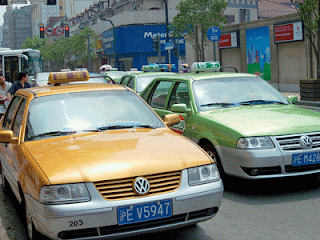Student life on campus can be hectic, exciting and tiring, so it is best to prepare for it and manage it well. Luckily there are few apps that can help you do that. Here is a list of 5 iPhone apps that will help you in organizing your university life:
Evernote
A note taking app, which lets you make and store notes, pictures, audio files and to-do lists that can all be categorized into different folders. All of that can then be accessed by you on your computer, phone or the web. This is particularly useful, as a student, when you get an idea, which needs to be recorded on the spot; when taking an audio memo of the lecture or when you working with a group on a project and need to make note of different topics discussed. The benefits are endless.TranscribeMe
TranscribeMe -- an easy to use audio-to-text converting app. Being able to easily record the audio, or submit an audio that you already had, and then receive a transcribed text of that audio within a few hours is amazing. This changes the concept of note taking in lectures for students. Never missing any points and being able to concentrate more on the lecturer, rather than on notes, will improve your study effectiveness.Astrid
Another useful app is a to-do app called Astrid. It also allows you to keep on list of tasks that you need to do, which can be shared with your family or flatmates. Having collaborative lists means that your flat will be able to see if you have bought that dish-washing liquid that was needed or whether the toilet paper has ran out. In addition, it lets you to assign specific tasks to specific people, as a result making management of tasks more efficient. Astrid can also recognize a task with your voice, add a task with email and integrate with your calendar.Trello
Moving away from organising your personal life, there is also a cool app for organising individual and team based projects. Trello offers a unique way to do that by being structured into columns, which can be labelled as anything you choose then added responsibilities into it. You can add more people, attach pictures and files, set due dates, and more. If someone updates a card, then everyone receives a notification of the change.Mint
Besides managing notes, tasks, as well as study efficiently, the students need to manage their finances. This is where Mint comes in, a free app for keeping of your finances and being on top of them, especially if you planning for good night out but need to know if you can afford it. It syncs with your financial statements and recognizes most financial institutions. As long as you are connected to the Internet, it updates the three numbers: cash left, credit card debt you owe and your cash flow for the month. You can set up various budgets and iPhone highlights it for you if you have exceeded your budget, so no excuses for overdrafts!


























